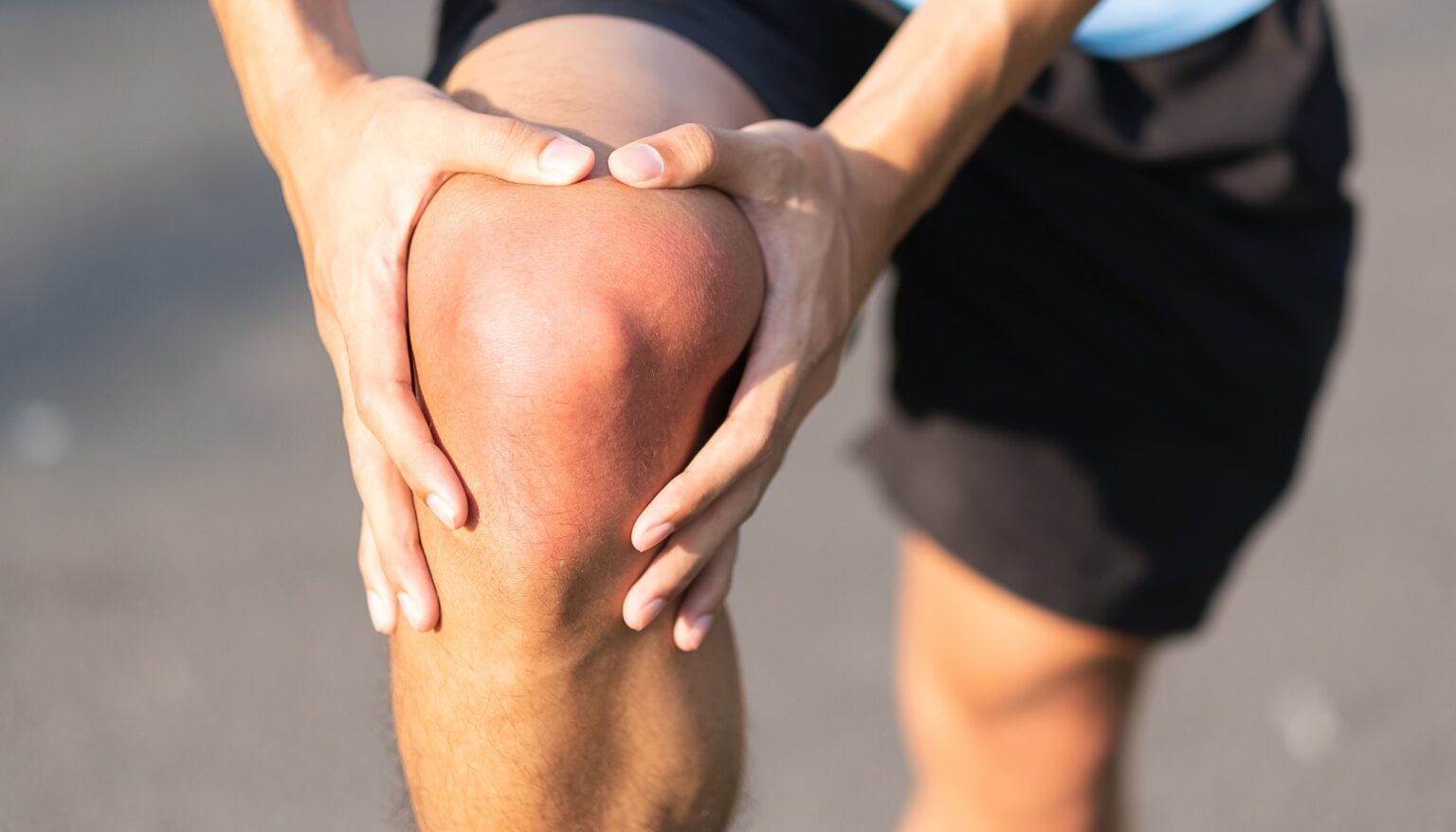SCHEDULE AN APPOINTMENT WITH US
Are Your Symptoms Affecting Your Quality Of Life?
Consult our MOH-accredited orthopaedic specialist for a detailed consultation & personalised treatment plan today.

A meniscal injury refers to damage to the meniscus, a C-shaped cartilage structure located in the knee joint.
The meniscus acts as a cushion between the femur (thigh bone) and the tibia (shin bone), helping to absorb shock and stabilise the knee. Meniscal injuries often result from twisting or sudden movements, particularly during physical activities like sports. These injuries can result in pain, swelling, and limited knee mobility.
Meniscal injuries can cause noticeable symptoms, which may develop immediately after an injury or gradually over time. The severity of symptoms varies depending on the type and extent of the tear, however, common symptoms include:
Meniscal injuries can result from several common causes:
Meniscal injuries can vary in severity, ranging from minor strains to full tears. The main types include:
A mild injury where the meniscus fibres are overstretched but not torn. It may cause discomfort and inflammation without significant damage.
A more serious injury where part of the meniscus is torn but not completely separated. This can cause pain, swelling, and occasional knee locking or instability.
A severe injury where the meniscus is completely torn. This results in significant pain, swelling, knee locking, and instability and often requires surgical intervention to restore knee function.
Diagnosing a meniscal injury involves both clinical evaluation and imaging tests to confirm the severity and location of the injury.
SCHEDULE AN APPOINTMENT WITH US
Consult our MOH-accredited orthopaedic specialist for a detailed consultation & personalised treatment plan today.
Non-surgical treatments aim to manage pain and inflammation while promoting natural healing. They are the first line of treatment, particularly for mild meniscal injuries or strains.
Surgical treatments are considered when conservative measures fail or the injury is too severe to heal on its own. Procedures for meniscus injuries include:
A partial meniscectomy involves removing only the damaged part of the meniscus. This procedure relieves pain and restores mobility, allowing the knee to function more normally. However, removing part of the meniscus reduces the cushioning in the knee, which can increase the chance of developing arthritis in the future.
In meniscal repair, the torn portion of the meniscus is stitched back together. This approach preserves more of the meniscus, helping to maintain knee stability and reducing the chances of future joint problems, like arthritis.
Arthroscopy allows direct visualisation and treatment of meniscal injuries through small incisions. It offers a faster recovery and a reduced risk of infection compared to traditional open surgery.
While not all meniscal injuries can be prevented, certain measures can reduce the risk. Strengthening the muscles around the knee, especially the quadriceps and hamstrings, through regular exercise stabilises the joint and protects the meniscus. Stretching before physical activity improves flexibility and maintaining a healthy weight reduces stress on the knees, lowering the chance of injury.
For those recovering from a meniscal injury, managing the condition involves following a proper rehabilitation plan. Physical therapy helps rebuild knee strength and restore full mobility. Avoiding activities that put excessive stress on the knees helps prevent further damage. Wearing proper footwear and using knee braces during physical activities may also help prevent re-injury.
Monday – Friday: 9.00am – 6.00 pm
Saturday: 9.00am – 1.00pm
Sunday & PH: CLOSED
Monday – Friday: 9.00am – 6.00 pm
Saturday: 9.00am – 1.00pm
Sunday & PH: CLOSED
Get Started
In some cases, especially with small tears located on the outer edge of the meniscus where there is more blood supply, the tear can heal on its own with rest, physical therapy, and treatments such as ice and compression. However, larger or more severe tears, particularly those in areas with poor blood flow, may require surgical intervention for proper healing.
Recovery time varies depending on the severity of the injury and the treatment method. Non-surgical recovery may take a few weeks to a couple of months with proper rehabilitation. Recovery from surgical treatments, such as meniscal repair, may take several months, as the meniscus needs time to heal and regain strength. Partial meniscectomy usually has a shorter recovery time, with many people resuming normal activities within a few weeks to a couple of months.
Yes, many people can return to sports after recovering from a meniscal injury, but it depends on the severity of the injury and the type of treatment received. Physical therapy and proper rehabilitation are essential for restoring strength and mobility in the knee. High-impact sports, such as football or basketball, may take longer to resume, as they involve sudden movements that stress the knee. A physical therapist can guide you on when it is safe to resume sports and how to protect your knee from further injury.